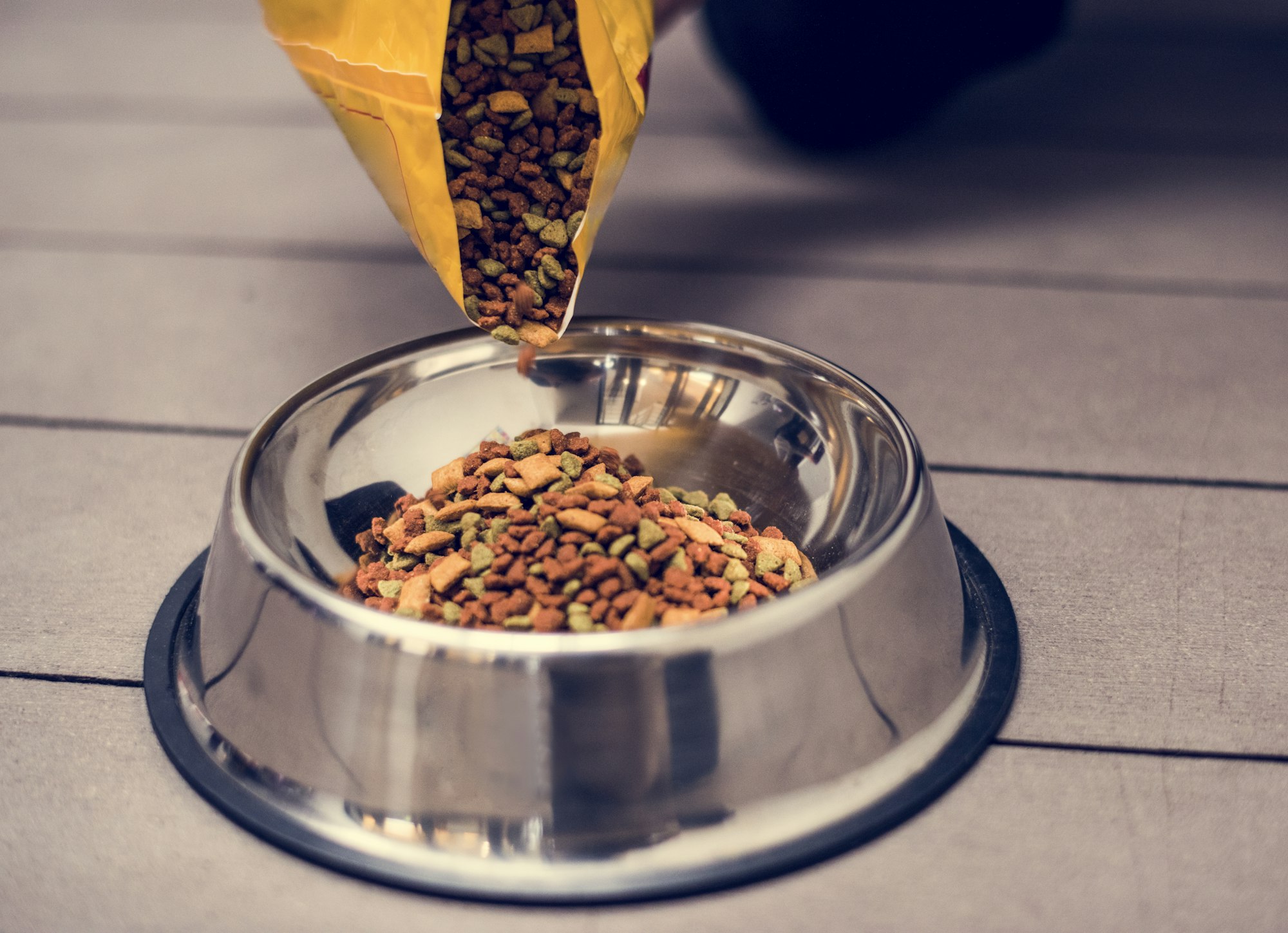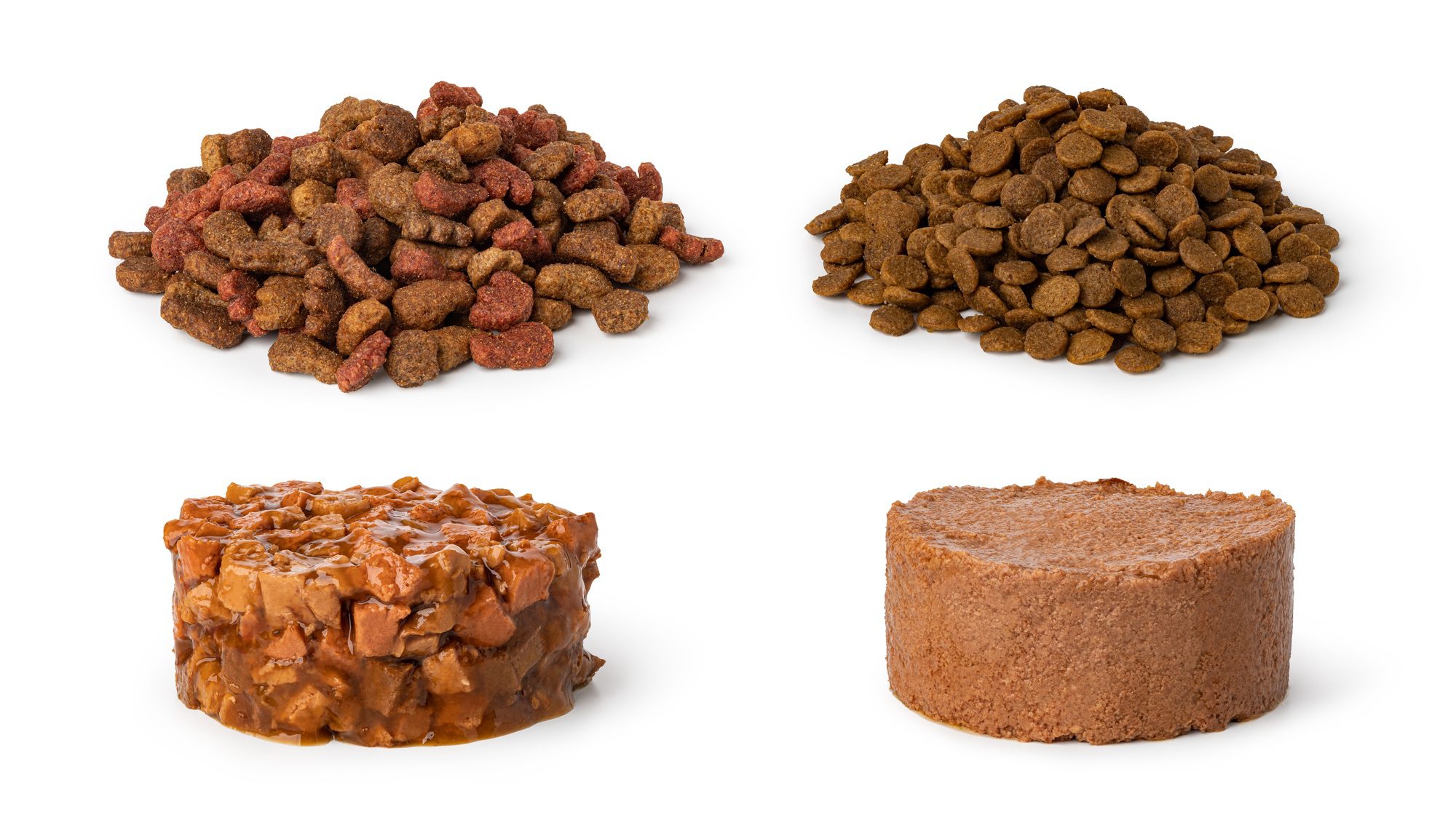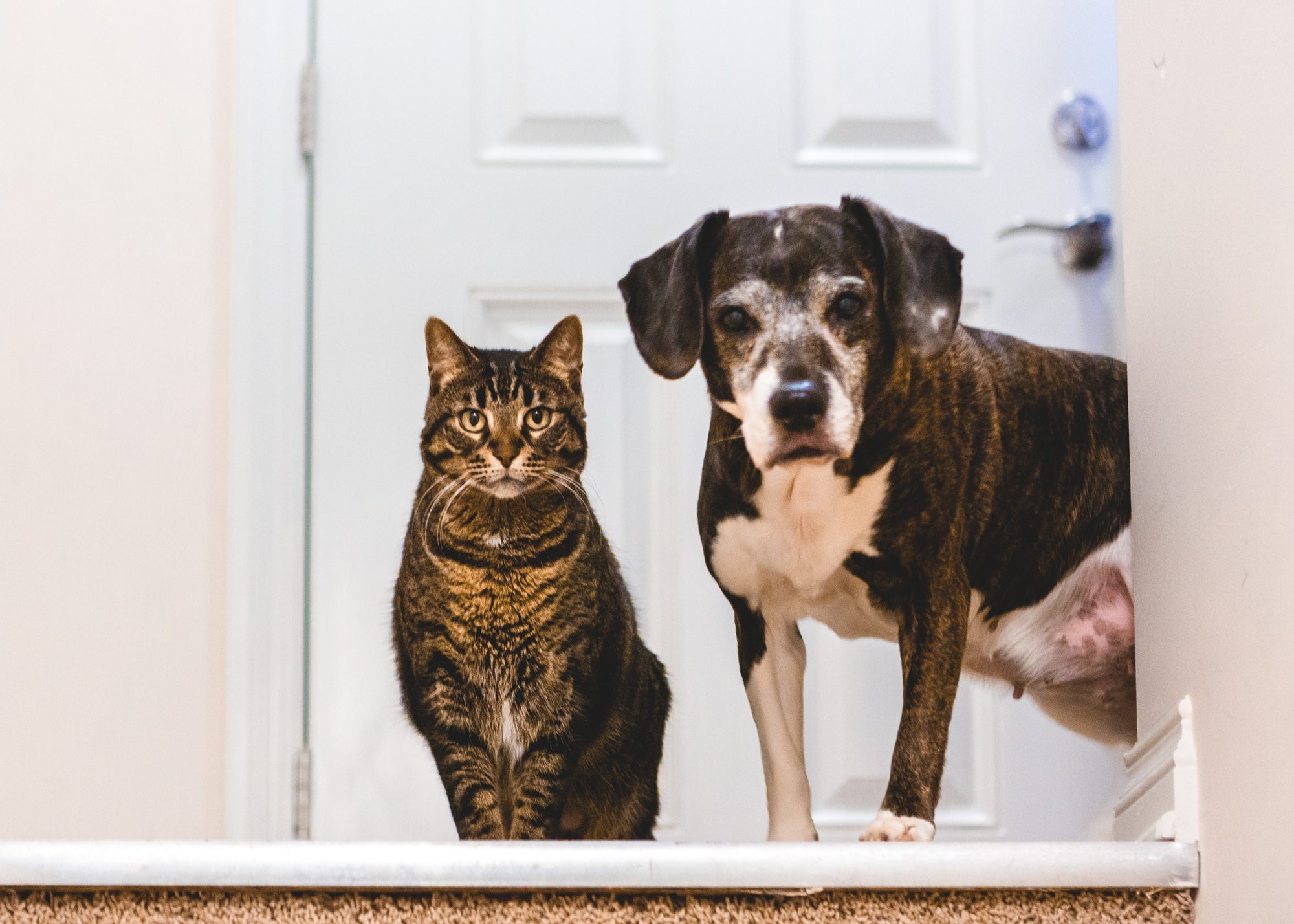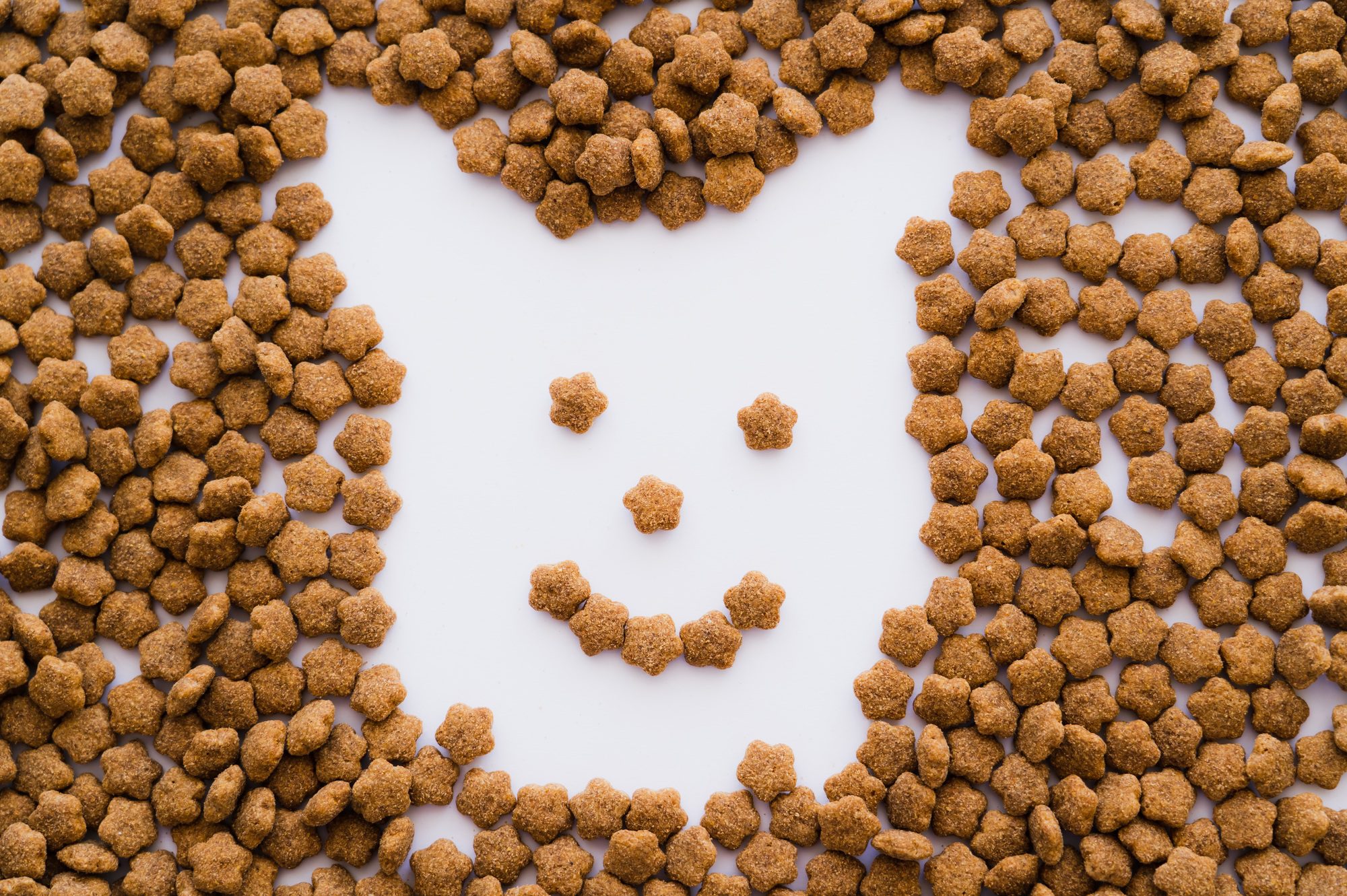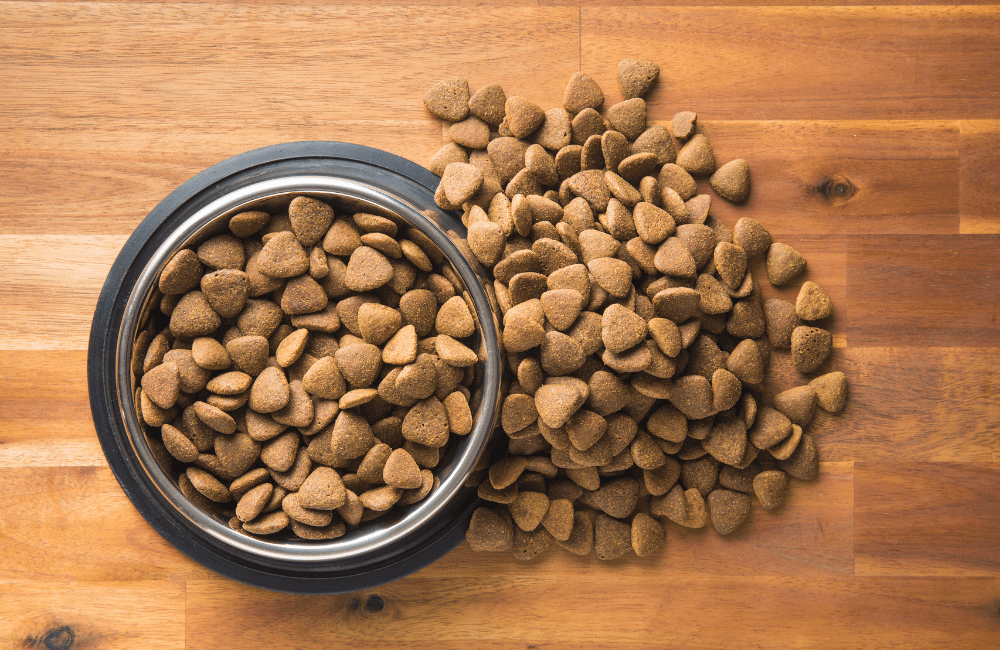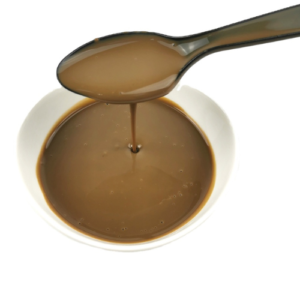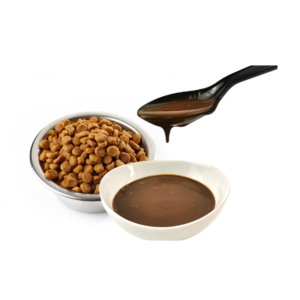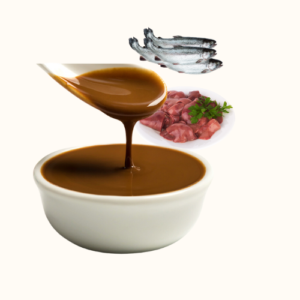Palatants in Cat Food
When it comes to cat food, palatability is a crucial factor. Cats are notoriously picky eaters, and their willingness to eat a particular food can significantly impact their overall health and well-being. This is where palatants come into play. But what exactly are palatants, and why are they so important in cat food? In this blog, we’ll dive deep into the world of palatants, exploring their role, types, benefits, and how they enhance the palatability of cat food.
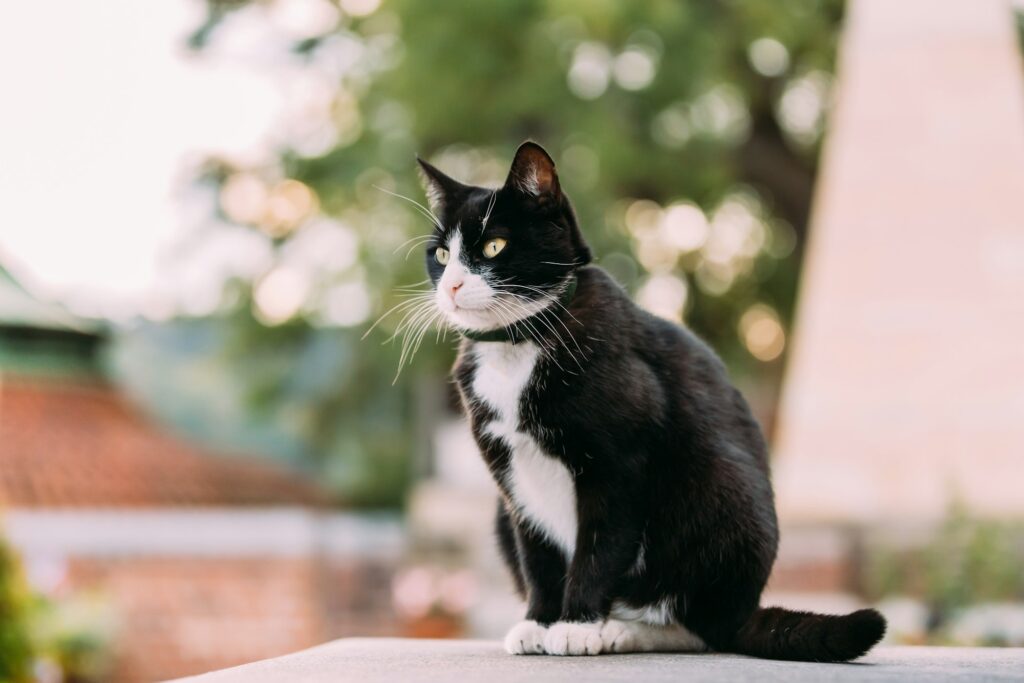
Understanding Palatants
Palatants are substances added to pet food to enhance its taste, aroma, and overall appeal to pets. They are specially formulated to make the food more enticing, ensuring that cats find it delicious and are more likely to consume it. Palatants are used extensively in the pet food industry to improve the acceptance of both dry and wet cat foods.
The Science Behind Palatants
The effectiveness of palatants lies in their ability to stimulate a cat’s senses. Cats have a highly developed sense of smell and taste, and these senses play a crucial role in their food preferences. Palatants work by enhancing the sensory attributes of the food, making it more attractive to cats.
Smell
A cat’s sense of smell is far more sensitive than that of humans. They rely heavily on olfaction to identify and evaluate their food. Palatants are designed to release aromatic compounds that appeal to a cat’s keen sense of smell, making the food more inviting.
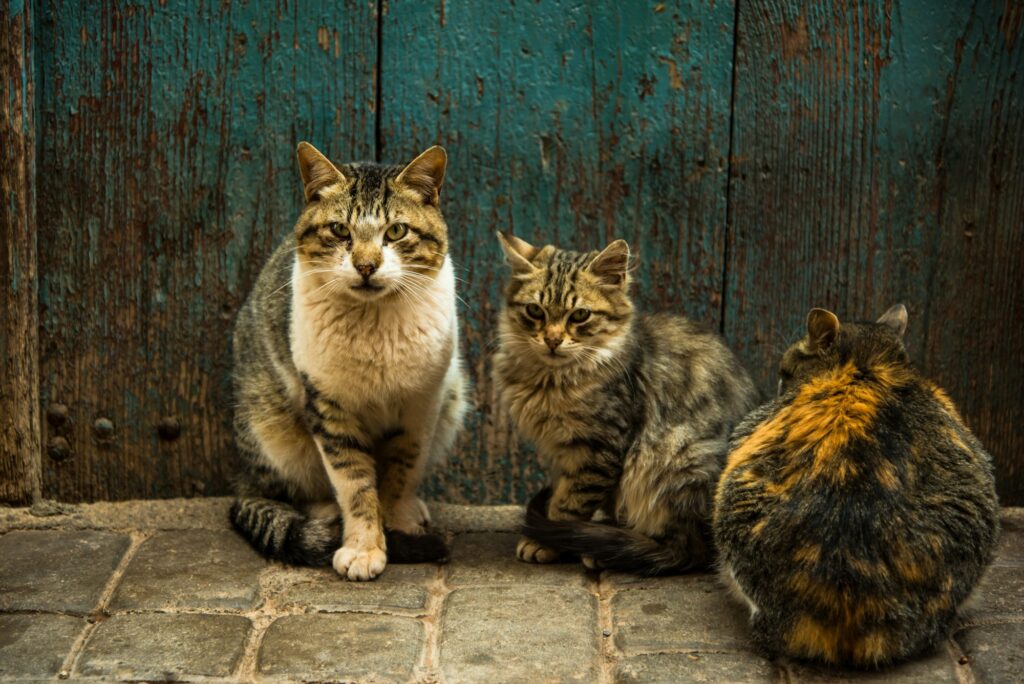
Taste
Cats have a unique set of taste receptors that differ from those of humans and other animals. They are particularly sensitive to certain amino acids and peptides, which are the building blocks of proteins. Palatants often contain these compounds to enhance the taste profile of the food, ensuring that it aligns with a cat’s taste preferences.
Types of Palatants
Palatants can be broadly classified into two categories: natural and artificial.
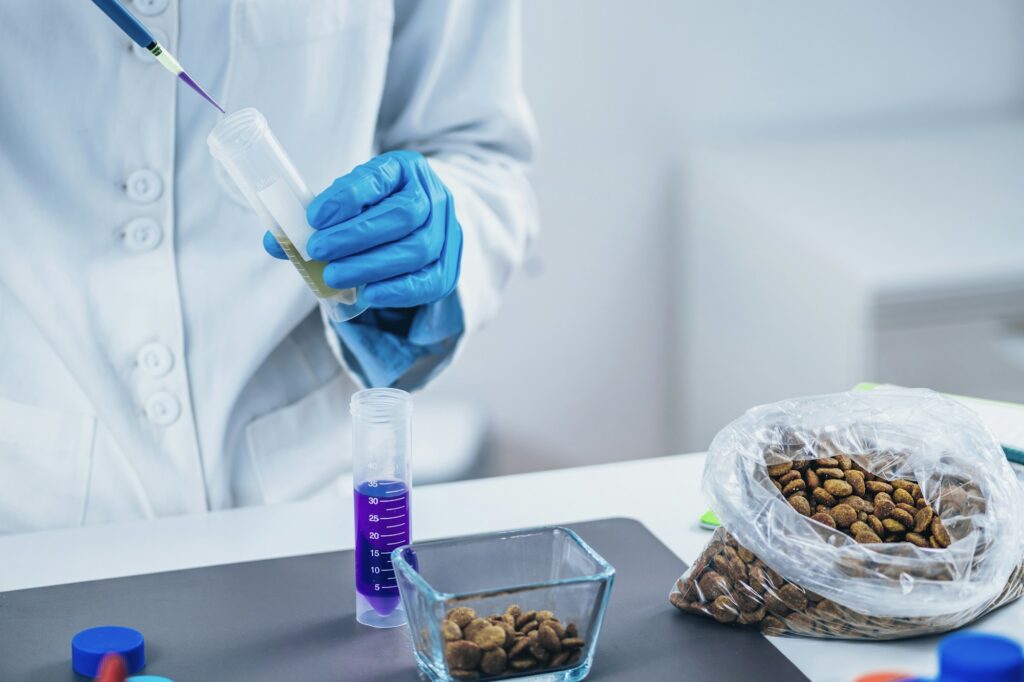
Natural Palatants
Natural palatants are derived from real animal or plant sources. They are favored for their ability to provide a more authentic taste and aroma. Common natural palatants include:
- Hydrolyzed Proteins: These are proteins that have been broken down into smaller peptides and amino acids. They are highly palatable to cats and are often derived from poultry, fish, or meat sources.
- Yeast Extracts: Rich in nucleotides and amino acids, yeast extracts are known to enhance the umami flavor in cat food, making it more appealing.
- Animal Fats and Oils: These provide a rich, savory flavor that cats find irresistible. Common sources include chicken fat and fish oil.
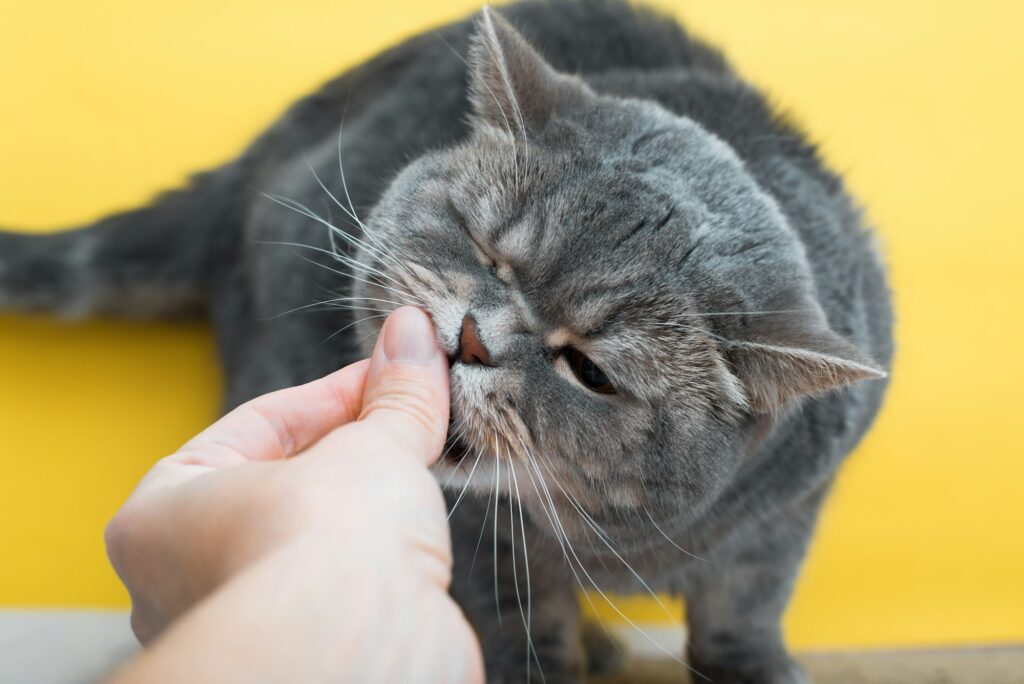
Artificial Palatants
Artificial palatants are chemically synthesized compounds designed to mimic the taste and aroma of natural ingredients. While they may not be derived from real food sources, they are carefully formulated to be safe and effective. Examples include:
- Synthetic Amino Acids: These are designed to replicate the taste of specific amino acids that cats find appealing.
- Flavor Enhancers: These compounds enhance the overall flavor profile of the food, making it more palatable to cats.
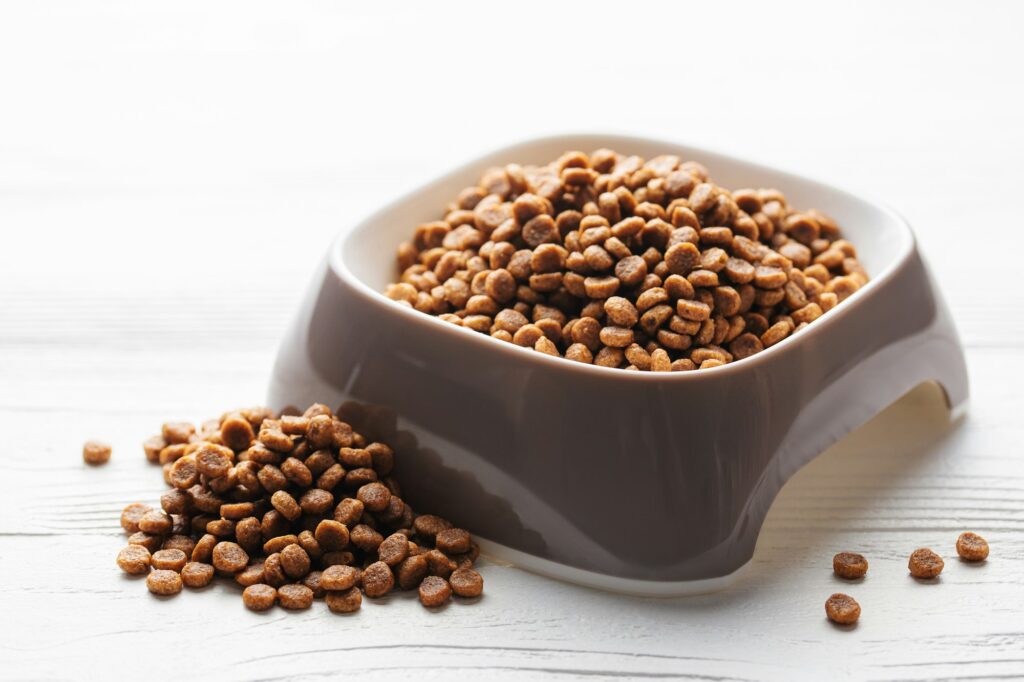
Benefits of Palatants
The inclusion of palatants in cat food offers several benefits, both for the cats and their owners.
Increased Food Intake
One of the primary benefits of palatants is their ability to increase food intake. Cats are more likely to consume food that smells and tastes good to them. This is particularly important for picky eaters, elderly cats, and those with health issues that affect their appetite.
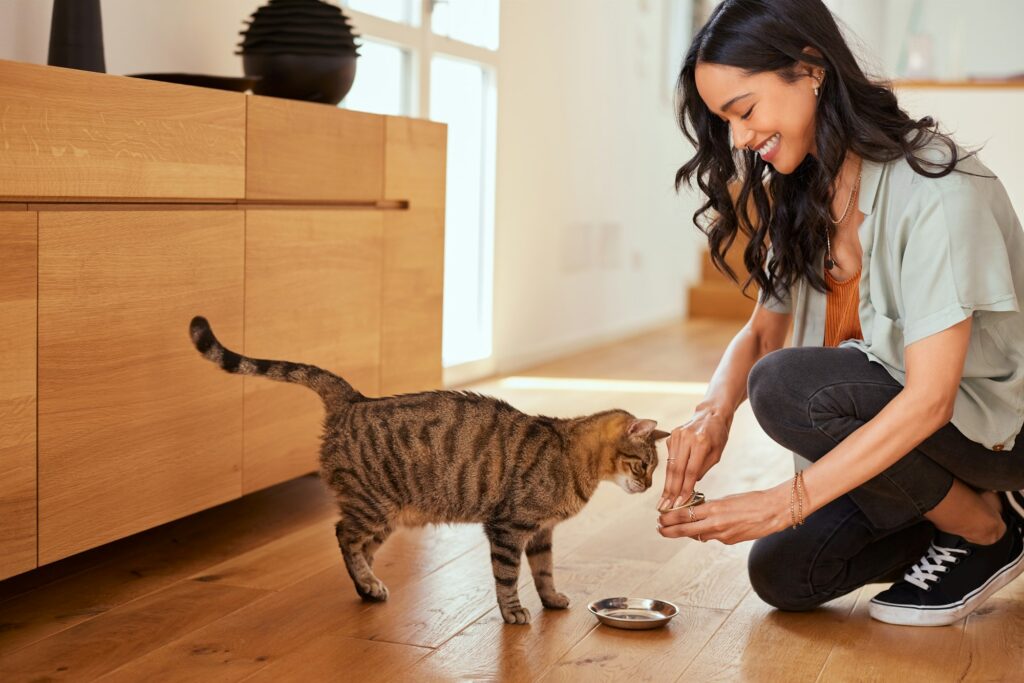
Improved Nutritional Intake
When cats consume more of their food, they receive the necessary nutrients required for their health and well-being. This is especially crucial for cats on specialized diets, such as those designed for weight management, urinary health, or renal support.
Reduced Food Waste
Enhanced palatability means less uneaten food left in the bowl. This not only reduces food waste but also ensures that pet owners get the most value out of their purchases.
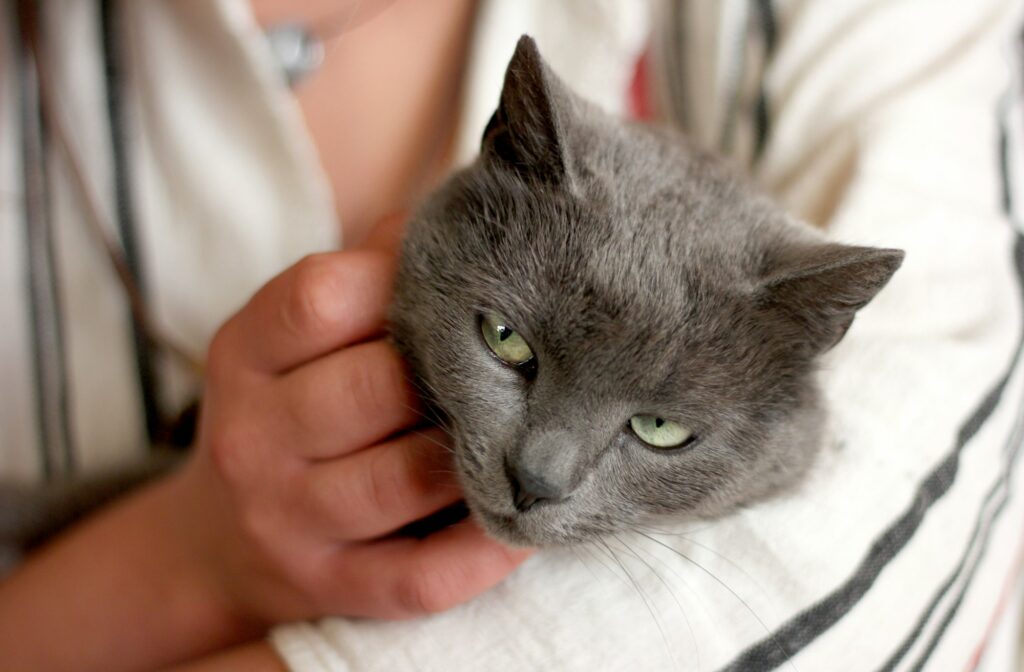
The Role of Palatants in Different Types of Cat Food
Palatants are used in various types of cat food, each with its unique formulation and processing methods.
Dry Cat Food
Dry cat food, also known as kibble, typically has a lower moisture content. To make it more appealing, palatants are often applied as a coating on the kibble surface. This ensures that the first bite is flavorful, enticing cats to continue eating.
Wet Cat Food
Wet cat food, which includes canned and pouched varieties, generally has a higher moisture content and a stronger aroma. Palatants in wet food are usually mixed into the formulation to enhance both taste and smell. The goal is to create a rich, savory experience that cats find irresistible.

Choosing the Right Palatants
For pet food manufacturers, selecting the right palatants is a critical step in product development. The choice of palatants depends on several factors, including the target market, desired flavor profile, and regulatory requirements.
Quality and Safety
High-quality palatants are essential to ensure the safety and well-being of pets. Manufacturers must source palatants from reputable suppliers who adhere to strict quality control standards. Additionally, all ingredients used in palatants should be approved by relevant regulatory bodies, such as the FDA in the United States or the EFSA in the European Union.
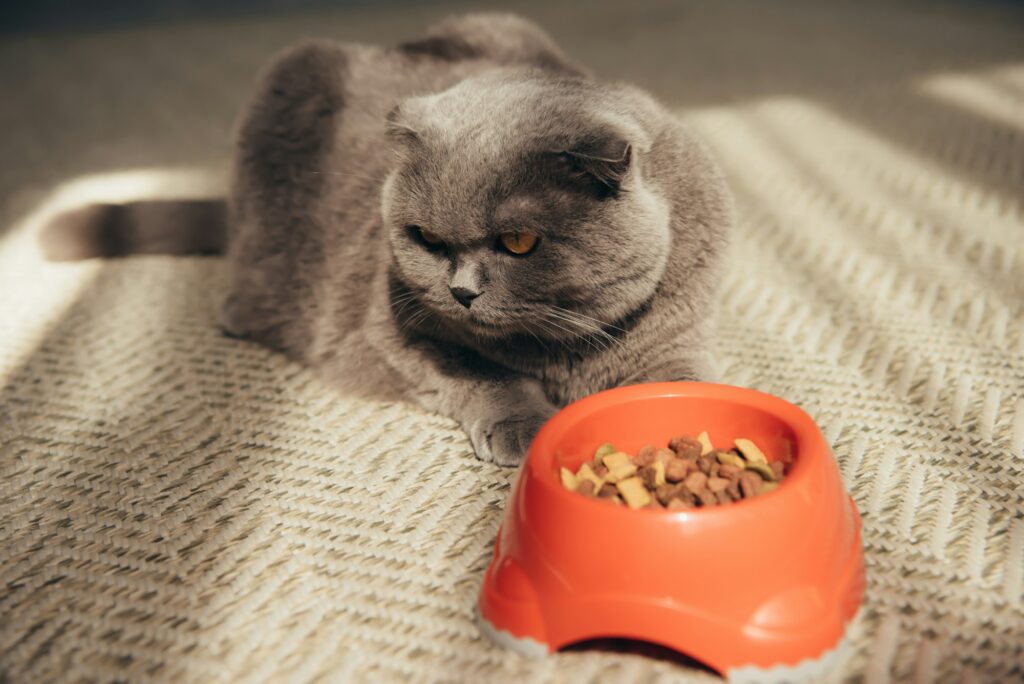
Customization
Different cats have different preferences, and what works for one may not work for another. Customization of palatants allows manufacturers to create unique flavor profiles tailored to specific cat populations. This can be achieved through extensive testing and feedback from pet owners.
Future Trends in Palatants
The pet food industry is constantly evolving, and so are palatants. Here are some emerging trends that are shaping the future of palatants in cat food:
Natural and Organic Palatants
As pet owners become more conscious of the ingredients in their pets’ food, there is a growing demand for natural and organic palatants. These palatants are derived from sustainably sourced ingredients and are free from artificial additives, providing a healthier option for cats.
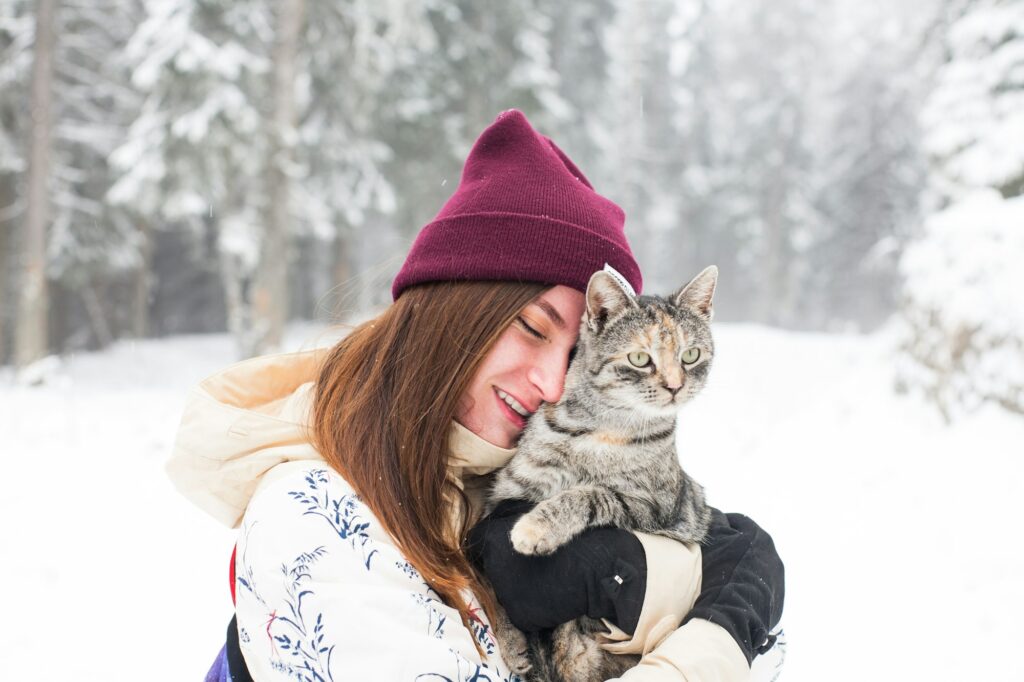
Functional Palatants
Functional palatants go beyond enhancing taste and aroma. They are formulated to provide additional health benefits, such as improved digestion, joint support, or skin and coat health. These palatants often contain bioactive compounds, probiotics, and other functional ingredients.
Personalized Nutrition
Advancements in technology and data analytics are paving the way for personalized nutrition for pets. Palatants can be tailored to meet the specific dietary needs and preferences of individual cats, ensuring optimal palatability and nutrition.
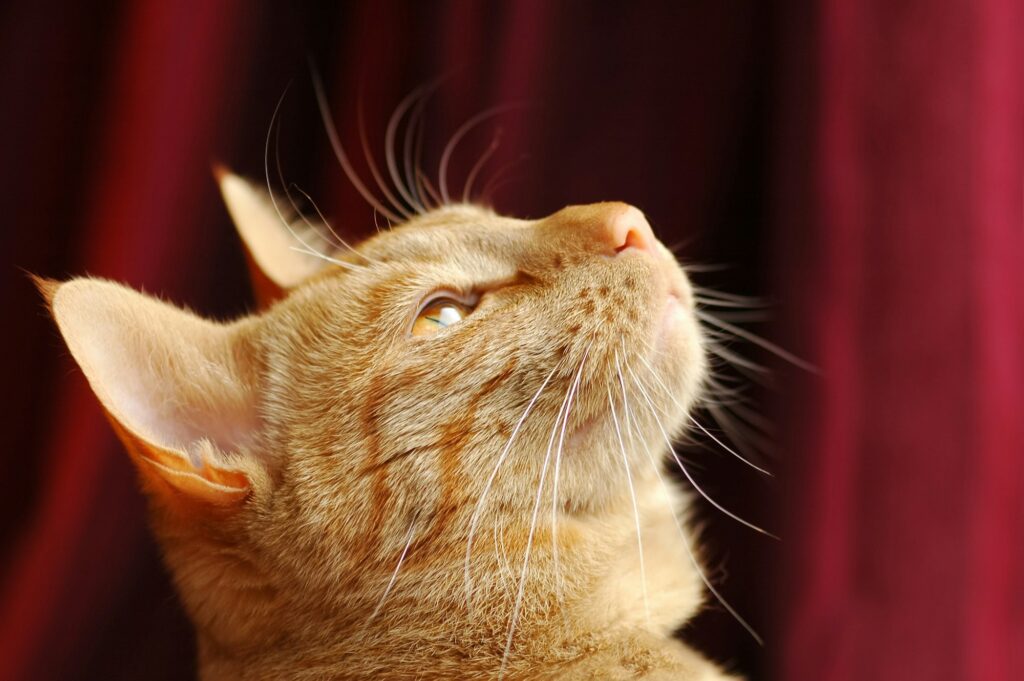
Conclusion
Palatants play a vital role in the pet food industry, particularly in cat food. By enhancing the taste and aroma of cat food, palatants ensure that even the pickiest eaters find their meals enjoyable. Whether derived from natural sources or synthesized, palatants are carefully formulated to stimulate a cat’s senses and promote consistent food intake. As the industry continues to evolve, we can expect to see more innovative and customized palatants that cater to the unique needs and preferences of cats. For pet food manufacturers and wholesalers, understanding and leveraging the power of palatants is key to creating high-quality, palatable cat food that keeps our feline friends healthy and happy.
By prioritizing palatability, we can ensure that cats receive the nutrition they need while enjoying every bite of their food.

